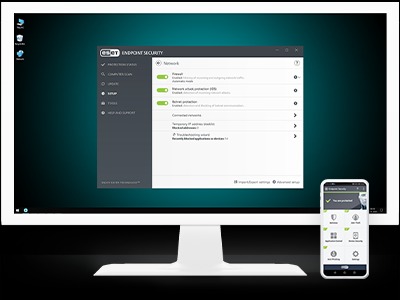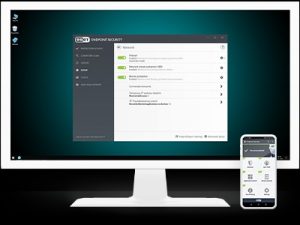
Effective endpoint protection is essential for safeguarding your organization’s network from cyber threats. With the increasing reliance on remote work and mobile devices, managing endpoint security has become more important than ever. Find here best practices to ensure robust endpoint protection across your organization.
Use a centralized endpoint management solution:
A centralized endpoint management system provides an inclusive view of all devices connected to your network. This allows administrators to monitor, manage, and secure each endpoint from a single platform. With real-time data on device health and security, you can quickly identify and address vulnerabilities before they become serious issues. Solutions like Microsoft Endpoint Manager or Sophos Central offer powerful tools for automating updates and enforcing security policies across all devices.
Keep software and operating systems updated:
Keeping endpoint devices up-to-date is important for preventing security vulnerabilities. Cybercriminals often exploit outdated software and operating systems to launch attacks. Implement a patch management policy that ensures all devices receive regular updates, especially key security patches. Automating this process across your network can save time and ensure no device is left unpatched.
Enforce strong authentication and access controls:
Implementing strong authentication methods, such as multi-factor authentication (MFA), can significantly reduce the risk of unauthorized access to your network. Passwords alone are often not enough to protect against phishing or brute-force attacks. By enforcing MFA, users will need to verify their identity using an additional method (like a code sent to their mobile device) before gaining access. Limiting user privileges is also essential—employees should only have access to the data and applications necessary for their role.
Utilize encryption for data protection:
Encryption is a key security measure that protects data stored on endpoints and in transit. If an endpoint device is lost or stolen, encryption ensures that any stored data is inaccessible to unauthorized users. Encrypt sensitive data both on the device and across communication channels, such as emails and file transfers, to prevent interception by attackers.
Deploy advanced threat detection and response (EDR) tools:
Utilize endpoint detection and response (EDR) tools that use AI and machine learning to detect unusual activities, such as abnormal user behavior or unexpected file changes. These tools can quickly identify and mitigate emerging threats in real-time, minimizing damage. EDR systems also offer forensic capabilities, helping organizations understand how attacks occurred and what can be done to prevent future incidents.







